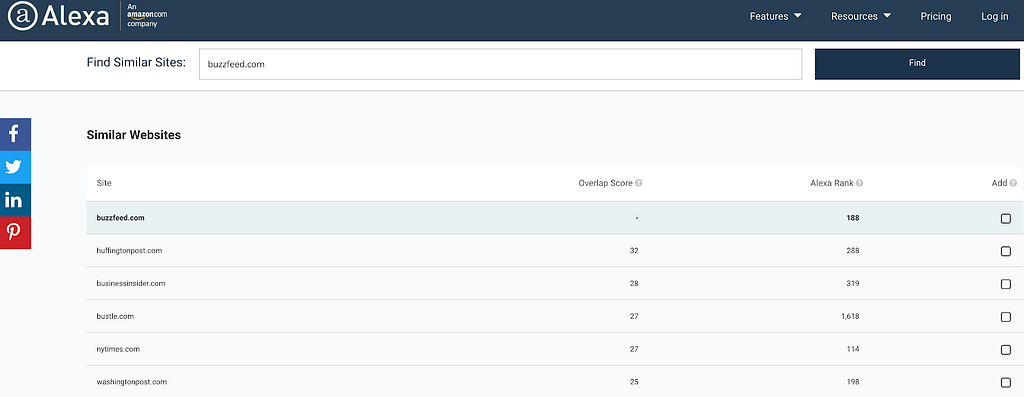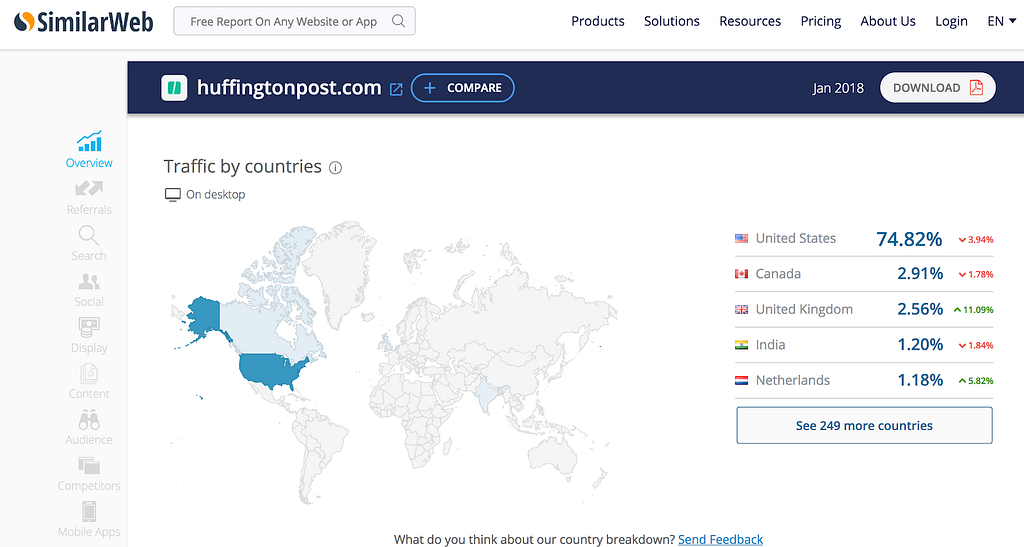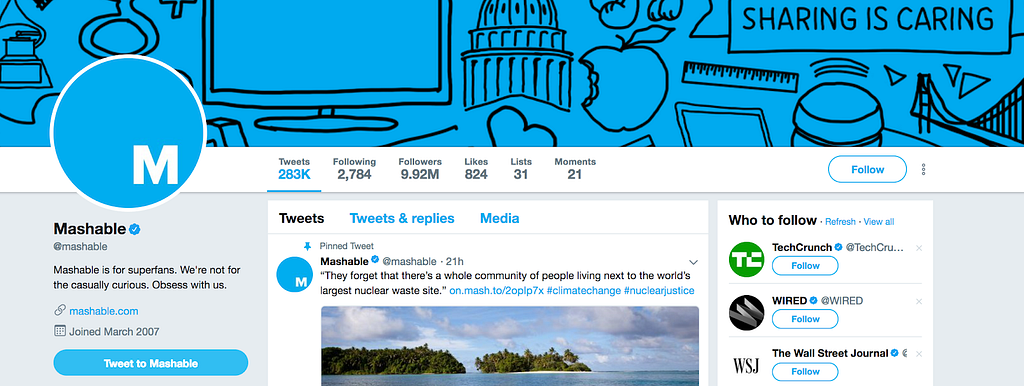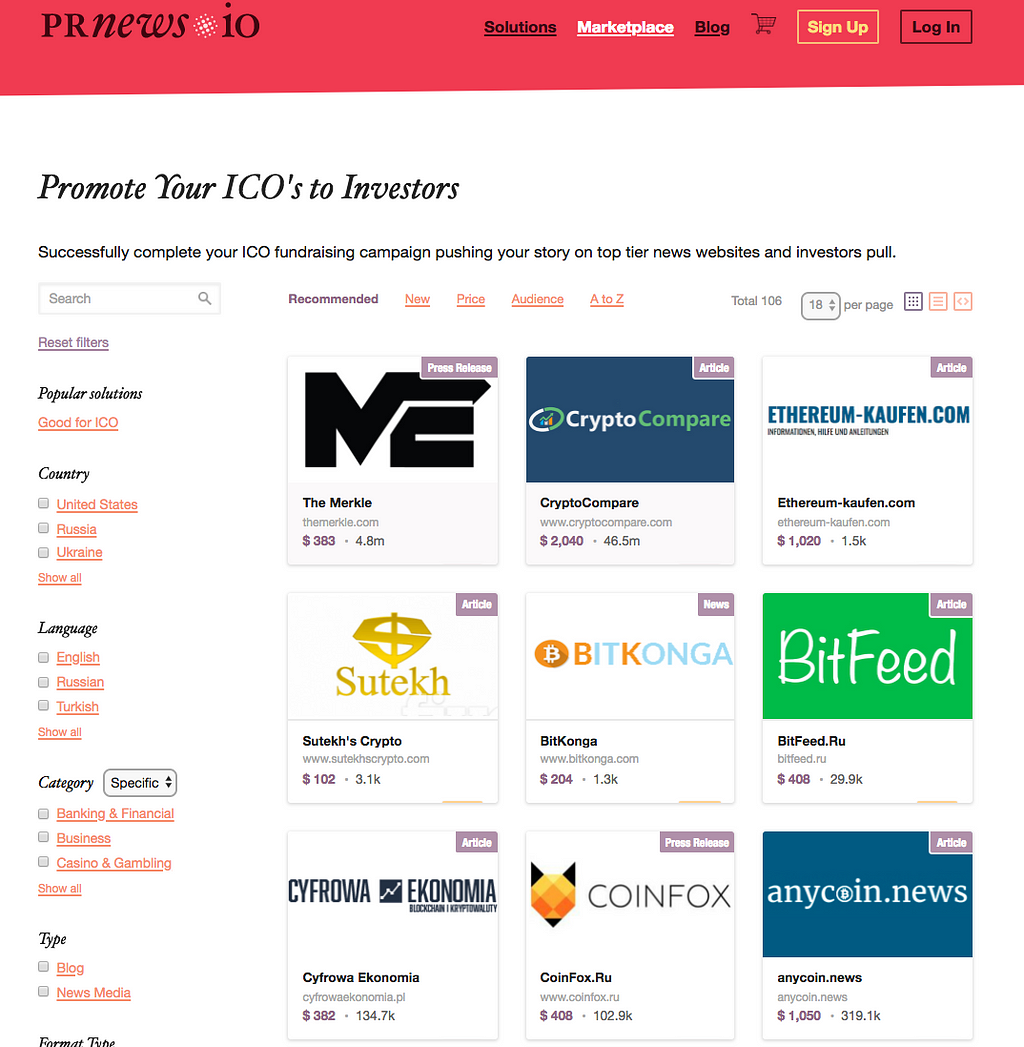Latest news about Bitcoin and all cryptocurrencies. Your daily crypto news habit.
According to some research, native advertising is becoming mass-market. It has proven to be effective, in comparison with other promotion tools, e.g. display advertising. Therefore, more and more brands are developing native advertising production and trying to place it in online media. However, budget allocation is not enough for appropriate promotion. There is still a need to collect resources for placement. So, here are five metrics to analyse if your company wants a better option for sponsored content placement.
1. Relevance
To be effective, native advertising should be viewed by the users who are potentially interested in promoted products and services. It means carefully choosing the best placement sites for sponsored content. For instance, a startup developing an ecommerce chatbot shouldn’t place a native ad on thematic marketing portals — the audience there is quite different from his target one.
Therefore, the first factor to be analysed before placing native advertising is its relevance. This metric may be defined not only by the mind, but also by specialized tools like the Find Similar Sites service from Alexa.
Here, if you type in a site that perfectly fits your business domain in the search bar, the service will give you a list of similar resources. A Find Similar Sites user needs a subscription, but there are a few options available for free.
2. Audience geographical location
Businesses often care about their customers’ location. If a company sells something less popular than an iPhone, it’s likely that there will be more of its target audience in particular locations. This means that products’ and services’ advertising should concentrate on the the users who are residents of target regions.
SimilarWeb helps to find an audience from various locations. This popular analytical tool is quite accurate in displaying geographical locations. Even its freely-available functionality is enough to figure out the most common trends and get lucky with sponsored content placement.
3. Audience scale
Native advertising views are crucial when working with media. Spending even small sums of money on the placement of content that very few people will see is not the best idea, as it leads to losses (content preparation also needs budget).
Therefore, media resources’ traffic should be analysed. Alexa and Similar display the traffic volume of a particular site. The problem is that there are many ways to buy traffic from different regions today. So it’s no use relying solely on this metric.
Beside traffic volume analysis, you should study social media accounts. Subscribers can be bought there, but if the site content is really interesting to the audience, publishing it on social media will cause a vivid reaction. Active communities in social media are a great addition to external analytical services.
4. Popular articles
Having a large number of site readers is good. However, it does not mean that a particular site is suitable for sponsored content placement. It is essential to understand how popular your article can be on this resource. So, you should analyze the effectiveness of the content published by the editor in the desired section and compare it with the popularity of native advertising placed by the source.
BuzzSumo is a perfect tool here. It helps to see the results of a specific article on the site. This is how it works: we want to place sponsored content related to gadgets and mobile devices on the VentureBeat website. We find an editor’s article on the topic and test it by BuzzSumo:
After scrolling through the site’s feed, several sponsored articles on the same topics will be found. Let’s compare their effectiveness with the popularity of the editor’s content:
As you can see, the articles show similar results. It means that the sponsored content’s popularity is unlikely to be less.
5. Price
Even if you’re ok with the above-mentioned site indicators, the publication won’t come out if the price is too high for you. Therefore, before spending time on the negotiations with the publication’s Sales Department, it’s worth checking the price for the advertising on the website. You can find it on PRNews.io marketplace.
This service shows the prices for different categories of native advertising in specific media and from a particular domain. So you can twig the placement cost, with no need for long negotiations, and order placement in a couple of clicks.
5 Metrics to Evaluate a Site’s Native Advertising Potential was originally published in Hacker Noon on Medium, where people are continuing the conversation by highlighting and responding to this story.
Disclaimer
The views and opinions expressed in this article are solely those of the authors and do not reflect the views of Bitcoin Insider. Every investment and trading move involves risk - this is especially true for cryptocurrencies given their volatility. We strongly advise our readers to conduct their own research when making a decision.





